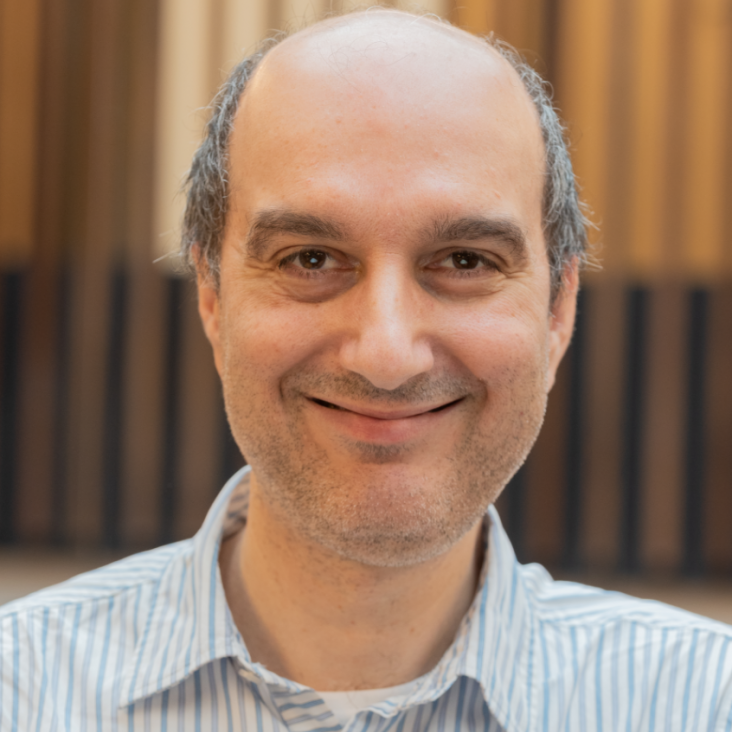Probing warm dense lithium by inelastic X-ray scattering
Nature Physics 4:12 (2008) 940-944
Abstract:
One of the grand challenges of contemporary physics is understanding strongly interacting quantum systems comprising such diverse examples as ultracold atoms in traps, electrons in high-temperature superconductors and nuclear matter. Warm dense matter, defined by temperatures of a few electron volts and densities comparable with solids, is a complex state of such interacting matter. Moreover, the study of warm dense matter states has practical applications for controlled thermonuclear fusion, where it is encountered during the implosion phase, and it also represents laboratory analogues of astrophysical environments found in the core of planets and the crusts of old stars. Here we demonstrate how warm dense matter states can be diagnosed and structural properties can be obtained by inelastic X-ray scattering measurements on a compressed lithium sample. Combining experiments and ab initio simulations enables us to determine its microscopic state and to evaluate more approximate theoretical models for the ionic structure. © 2008 Macmillan Publishers Limited. All rights reserved.Compton scattering measurements from dense plasmas
5TH INTERNATIONAL CONFERENCE ON INERTIAL FUSION SCIENCES AND APPLICATIONS (IFSA2007) 112 (2008) ARTN 032071
Diagnosing direct-drive, shock-heated, and compressed plastic planar foils with noncollective spectrally resolved x-ray scattering
Physics of Plasmas 14:12 (2007)
Abstract:
The electron temperature (Te) and average ionization (Z) of nearly Fermi-degenerate, direct-drive, shock-heated, and compressed plastic planar foils were investigated using noncollective spectrally resolved x-ray scattering on the OMEGA Laser System [T. R. Boehly, Opt. Commun. 133, 495 (1997)]. Plastic (CH) and Br-doped CH foils were driven with six beams, having an overlapped intensity of ∼1× 1014 W cm2 and generating ∼15 Mbar pressure in the foil. The plasma conditions of the foil predicted with a one-dimensional (1-D) hydrodynamics code are Te ∼10 eV, Z∼1, mass density ρ ∼4 g cm3, and electron density ne ∼3× 1023 cm-3. The uniformly compressed portion of the target was probed with 9.0-keV x rays from a Zn Heα backlighter created with 18 additional tightly focused beams. The x rays scattered at either 90° or 120° were dispersed with a Bragg crystal spectrometer and recorded with an x-ray framing camera. An examination of the scattered x-ray spectra reveals that an upper limit of Z∼2 and Te =20 eV are inferred from the spectral line shapes of the elastic Rayleigh and inelastic Compton components. Low average ionizations (i.e., Z<2) cannot be accurately diagnosed in this experiment due to the difficulties in distinguishing delocalized valence and free electrons. Trace amounts of Br in the CH foil (i.e., 2% atomic concentration) are shown to increase the sensitivity of the noncollective, spectrally resolved x-ray scattering to changes in the average ionization. The experimentally inferred electron temperatures are comparable to the 1-D predictions. © 2007 American Institute of Physics.Creation of hot dense matter in short-pulse laser-plasma interaction with tamped titanium foils
Physics of Plasmas 14:10 (2007)
Abstract:
Dense titanium plasma has been heated to an electron temperature up to 1300 eV with a 100 TW, high intensity short-pulse laser. The experiments were conducted using Ti foils (5 μm thick) sandwiched between layers of either aluminum (1 or 2 μm thick) or plastic (2 μm thick) to prevent the effects of prepulse. Targets of two different sizes, i.e., 250 × 250 μm 2 and 1×1 mm2 were used. Spectral measurements of the Ti inner-shell emission, in the region between 4 and 5 keV, were taken from, the front-side (i.e., the laser illuminated side) of the target. The data show large shifts in the Kα emission from open-shell ions, suggesting bulk heating of the sample at near solid density, which was largest for reduced mass targets. Comparison with collisional radiative and 2D radiation hydrodynamics codes indicates a peak temperature of Te,peak= 1300 eV of solid titanium plasma in ∼0.2 μm thin layer. Higher bulk temperature (T e,bulk=100 eV) for aluminum tamped compared to CH tamped targets (Te,bulk=40 eV) was observed. A possible explanation for this difference is described whereby scattering due to the nuclear charge of the tamping material leads to modified electron transport behavior. © 2007 American Institute of Physics.Direct observation of strong ion coupling in laser-driven shock-compressed targets
Physical Review Letters 99:13 (2007)


